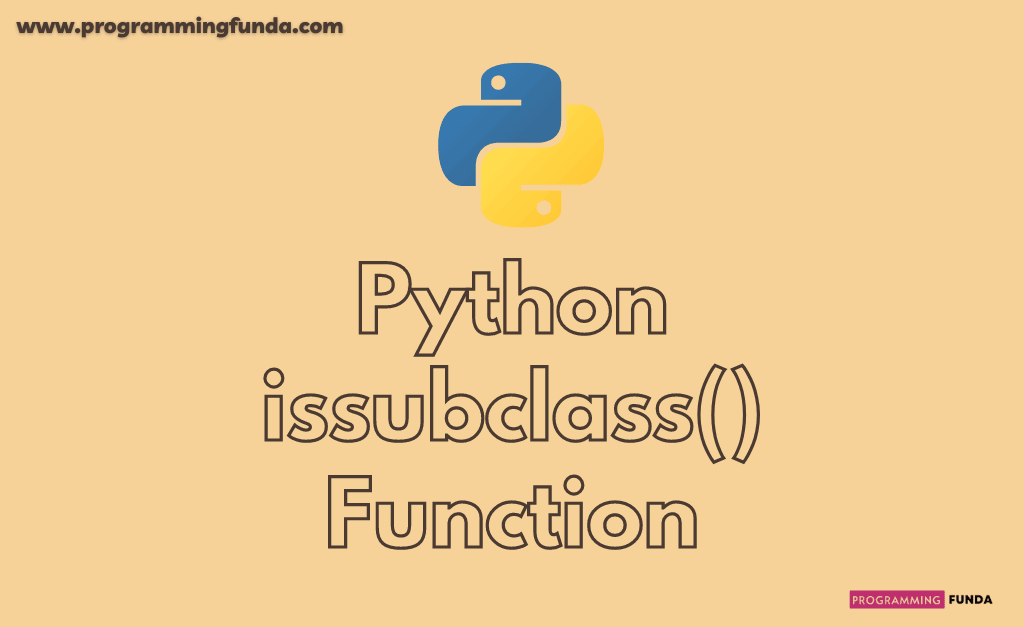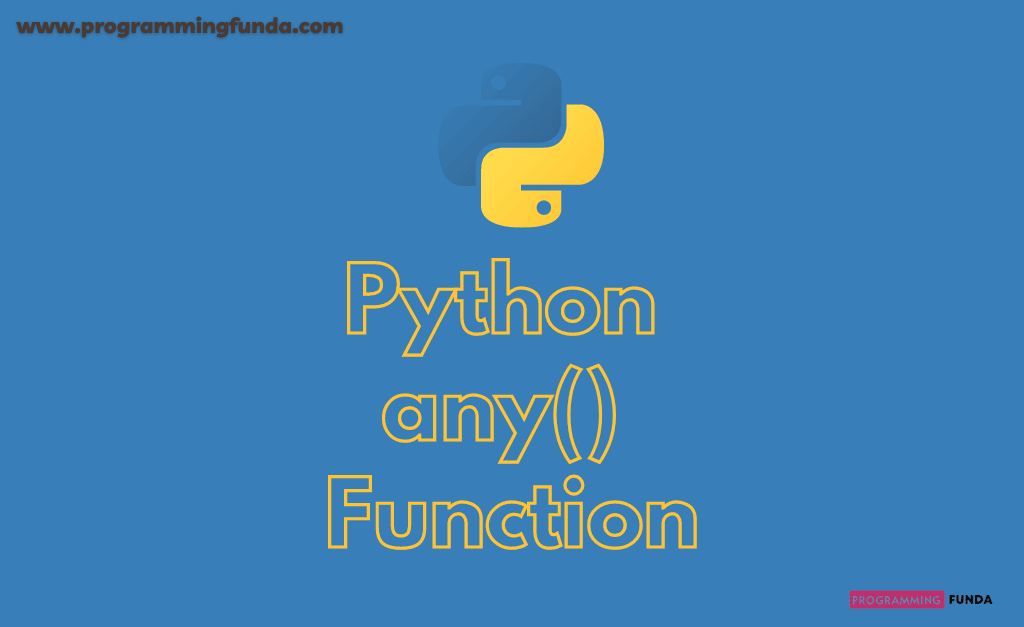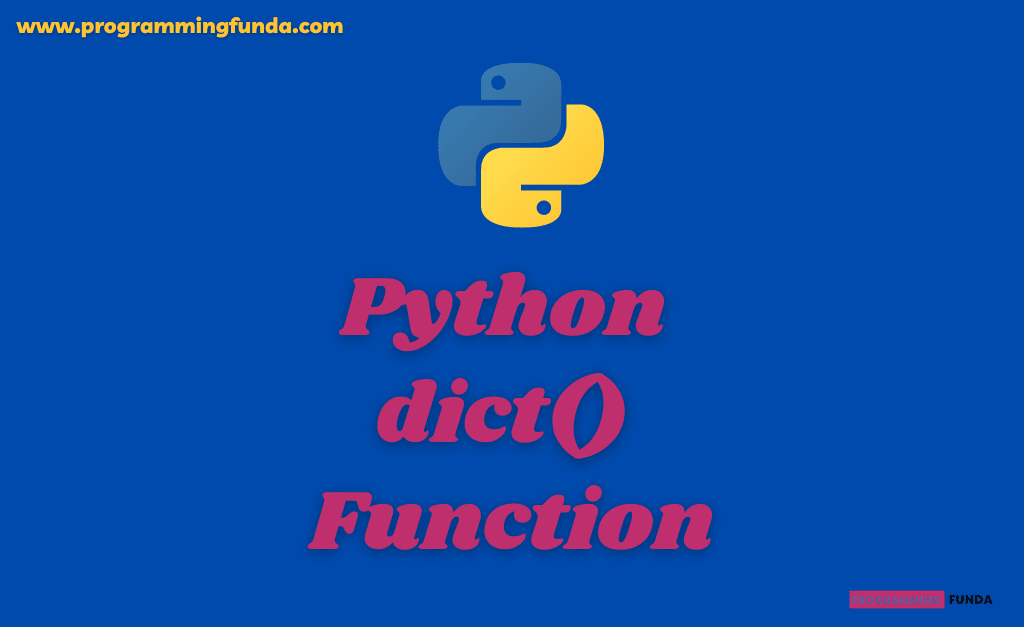In this guide, we are going to see everything about the Python next() function and how to use the next() function to find the next item of an iterable. To understand this example, you should have basic knowledge of the Python iter() function to get the item object.
Headings of Contents
Python next function Introduction
Python’s next function is a built-in function that is used to find the next item of an iterable. You can add a default value, to return if the iterable reached the end.
Syntax
The syntax of the next() function in Python is:-
next(iterable, default)Parameters
next function in Python accepts two parameters.
- iterable:- Required, An iterable object
- default:- Optional. A default value if the iterable reached the end.
Return Value
The return value of the next() function in Python is the next item of the iterable.
Python next example
Here we will see some examples to understand the next() function in Python.
Example: Using next() function without for loop
#List iterable
my_iterable = ['Python', 'C#', 'Java', 'PHP', 'Ruby']
#Create iterator object.
iter_object = iter(my_iterable)
print(next(iter_object))
print(next(iter_object))
print(next(iter_object))
print(next(iter_object))
print(next(iter_object))Output
Python
C#
Java
PHP
RubyExample: Using next() function with for loop for loop
#List iterable
my_iterable = ['Python', 'C#', 'Java', 'PHP', 'Ruby']
#Create iterator object.
iter_object = iter(my_iterable)
for i in range(len(my_iterable)):
print(next(iter_object))Output
Python
C#
Java
PHP
RubyExample: Using the next() function with a default value
Here we will use the next() function with a default value.
#List iterable
my_iterable = ['Python', 'C#', 'Java', 'PHP', 'Ruby']
#Create iterator object.
iter_object = iter(my_iterable)
for i in range(len(my_iterable) + 1):
print(next(iter_object, 'HTML'))output
Python
C#
Java
PHP
Ruby
HTMLConclusion
In this article, you have learned all about the Python next() function to get the next item of iterable. To understand the next function, you should have knowledge of the Python iter() function.
If you like this article, please share and keep visiting for further python built-in functions tutorials.
Python built-in functions
For more information:- Click Here
Thanks for your valuable time …. ❤️❤️







